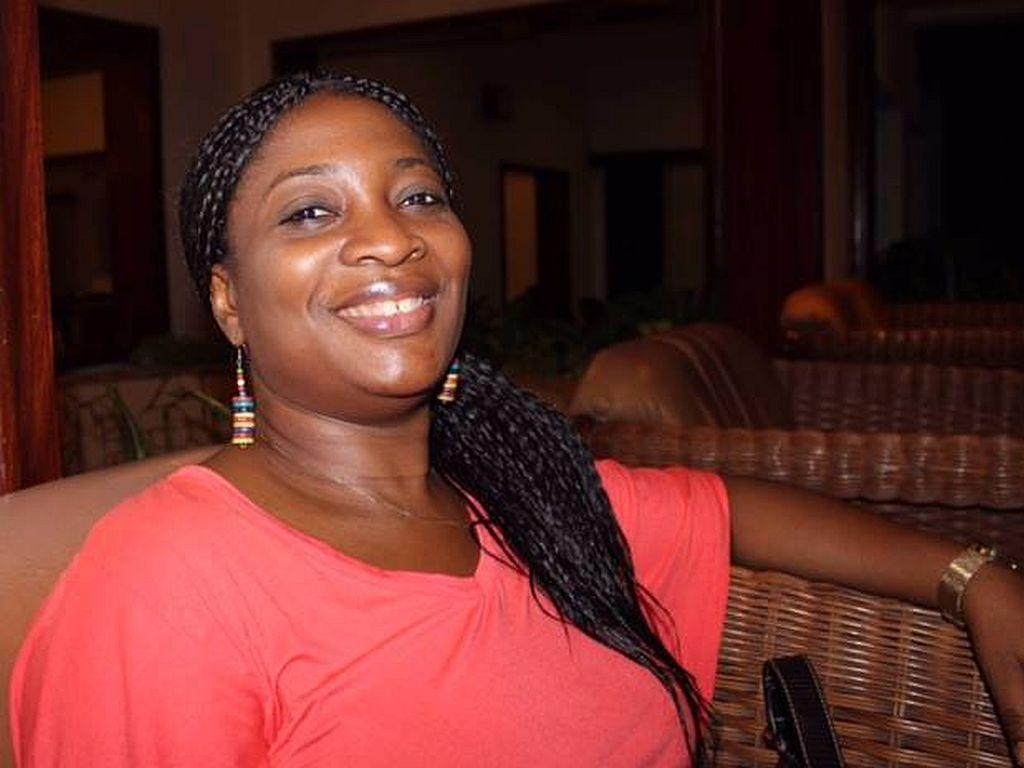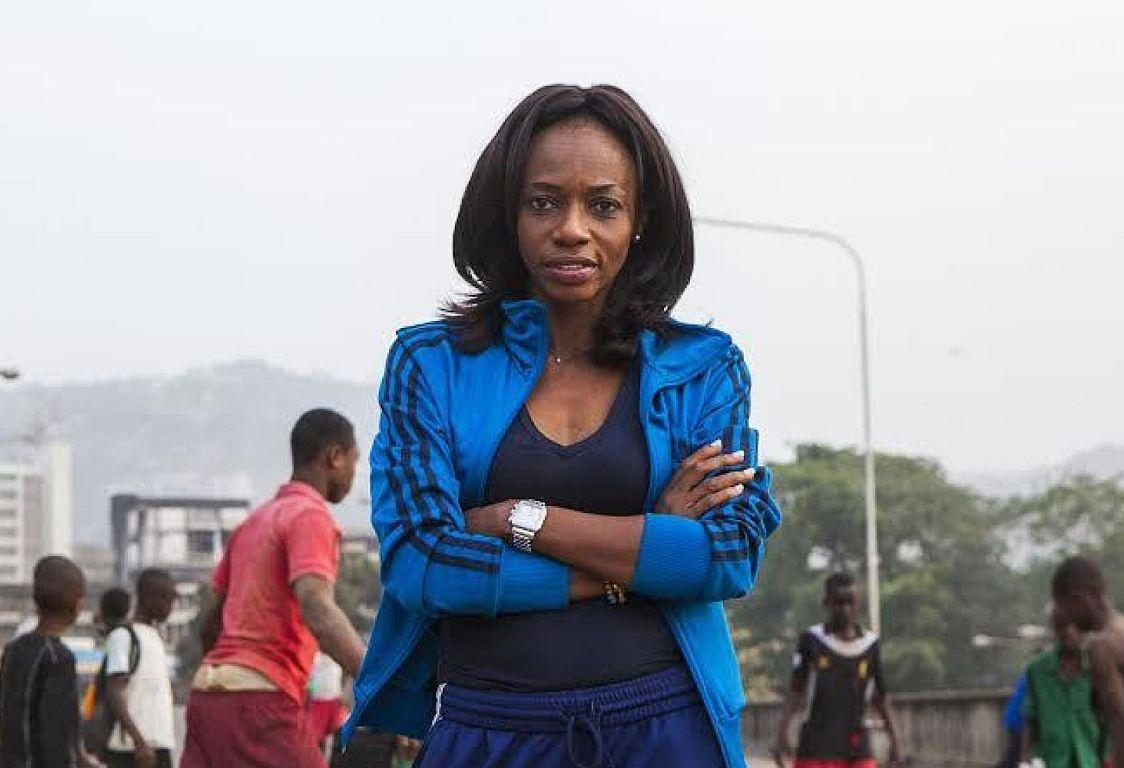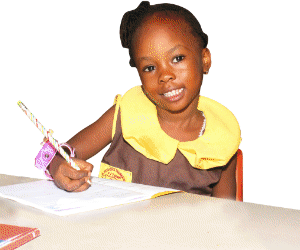By Umaru Fofana
Sierra Leone has emerged from being the last country in West Africa to fall to the coronavirus pandemic, to one recording an average daily new infection rate of eight patients. As I write it has a cumulative total of 338 with 20 of that number having died and 72 recovered. All of that in just six weeks since the index case was registered.
Until yesterday, the last time the country had registered zero new cases of the virus was on the 13 April – almost exactly one month earlier. Then, the total number of COVID-19 cases stood at TEN. Then, all the cases centred on travellers from overseas and a health professional. Then, all of them, barring the health worker, had become sick while in quarantine.
It all initially looked picture perfect. As if he had just read it from a guidebook on responding to outbreaks, President Julius Maada Bio did not raise false hopes. Even before there was any sign of the disease, at a time when all believed or were confident it would remain that way forever, the president warned that it was a matter of WHETHER and not IF the coronavirus would land here. A few people derided him for that comment. But in the end when the first case was recorded on 30 March and announced on the following day, there was more of shock than surprise – because we had all been warned.
Even before that case was confirmed the president had gone to potential crossing points, namely the airport in Lungi and the border area with Guinea to the north. His Vice President Dr Mohamed Juldeh Jalloh visited the official crossing point with Liberia to the east.
We introduced an automatic quarantining system for anyone coming in from a country that had registered up to 50 cases of the coronavirus. That was before our neighbours did. We banned flights and closed our borders. We triggered the Ebola-era Emergency Operational Centre (EOC). So where did we get it wrong? Surveillance methinks!
Our surveillance or contact-tracing started puffing smoke almost from start. The EOC learned some of the things pretty quickly and made amends, such as the introduction of an automatic testing of all those who complete their 14-day period in quarantine. That was probably because the person who later became the index case would have left the quarantined hotel and gone home to unknowingly infect others if his medical wife had not advised that he be tested first. But it seems not surveillance.
When the cases got to 10, it became apparent that there was community transmission which had not been detected. How to trace those contacts? The only way to end an outbreak is by creating a ring round those who have the virus. Losing even one of them means the whole thing starting all over again. Mind you the millions of cases the world has today began with a single person.
In a fight like this there are many things to consider, but to my mind the three key things are Clinical, Surveillance and Communication (CSC). Those treating COVID-19 patients seem to have got their hands on the pulse pretty well. Only a small number of the 20 who have so far died actually passed away inside the treatment or isolation unit. Most left it at home until late and it was also due to pre-existing condition and old age.
While the clinical aspect has been impressive, the same cannot be said of surveillance. It is disturbing that up to this day, months since we started preparing for the coronavirus and six weeks since the virus was confirmed here, contact-tracing and quarantining remain a headache. I receive calls or messages almost every day from people in quarantined homes about how things are bungled.
Mbalu, not her real name, called me recently. She sounded livid, as do most of those who call me about the coronavirus response almost every day. Her cousin had been taken to a treatment centre by mistake. A cleaner at the Hill Valley Hotel who had never been tested for COVID-19 was bundled on to an ambulance in an apparent case of a name mix-up. Once they had taken her to the centre, she had to stay there because she could have been infected having been loaded onto the same ambulance as those who actually carried the virus. They would later return for the real patient they had gone to pick up.
The other night a lady who did not have my number sent a video round asking people to forward it to me if they had my number. But the number most people have for me is not on WhatsApp for now. So they struggled to send it to me. Anyway I eventually reached out to the person after a mutual friend had SMSed me. Her issue of the tough life in their quarantined home and attempts to move them out had been resolved. But two days later she called me to say that some EOC workers had gone to their Hagan Street home to collect two of the people living in quarantine. They could only remember one of the names, she told me. So they returned to get the second name on the following day. How about just having a notebook handy!
There are still cases of people serving time in quarantine without anyone turning up to follow up on them and their health. The protocol is that they be tested in the first five days and again after they’ve clocked the two-week incubation period if the first returned a negative result. Many have tested positive within this period and have been transferred to isolation wards. But many others have also not been followed up on and have gone about their normal daily business, presumably infecting people unknowingly while they were asymptomatic.
Some others have been quarantined in appalling conditions. Often at the initial stages lasting up to several days for some, bedding is a nightmare, water is a luxury and food is an uncertainty. This perhaps accounts for the increasing number of cases, because people in quarantine either bolt out due to stupidity on their part or because there is hardly any attention paid to them.
It is hard to say with certainty why the figures are rising so fast and frighteningly. Perhaps if we had a full understanding of the tests that were being done we would have made an informed assumption and said that it is because we are doing more testing. But hardly do we get to know the detail of daily testing or overall tests done so far. So when on a day like yesterday there were zero new infections, it is hard to know whether that was because no tests or only few were done. Or rather whether more testing was what led to the country recording its highest daily infections over the weekend.
That brings me to the issue of communication. It has improved considerably in the last month since Solomon Jamiru took over as the C-19 spokesman. He engages on social media, he is accessible, he churns out information and has the energy to move from one media house to another. But a lot still does need to be done. Those in charge of dishing out information to him should step up their game. I follow COVID-19 case reporting across the continent. Many countries indicate the testing numbers. A few others give an epidemiological explanation as to the links between cases where such can be established. Such information ensures that people know whether or not there is a ring around the cases or contacts, or even whether the hope brought by low infection numbers or the anxiety caused by high numbers is actually well placed.
But back to the contact-tracing, I wonder what logistics the personnel have. But also I long advised that local councils should be subsumed into the District Health Management Team to work as part of the EOC. The councils are the officials at the political levels closest to the everyday people. So when for example the virus got to Yele in Tonkolili District, the response was shoddy, as it was when it got to Bo and many other places. Involving the councils would have improved the response. It is only through community involvement – from councils to traditional authorities and youth groups – that contacts are properly traced. Even the index case in Bombali was investigated by journalists in Makeni through local contacts. That was how contacts were traced and pinned down. In this fight, the more contact tracing is decentralised, the more effectively it is carried out and better the chances of containment.
Copyright © 2020 Politico Online








